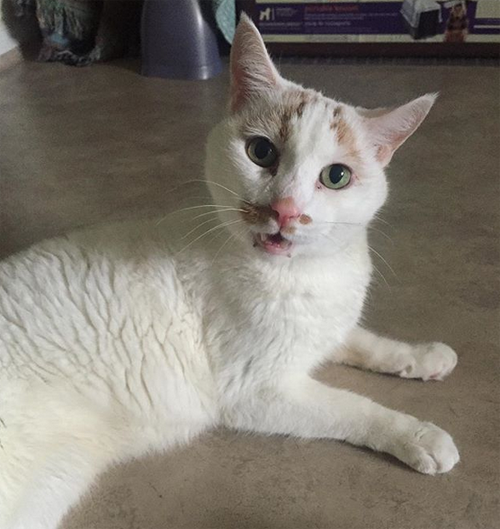
What Is Cerebellar Hypoplasia In Cats Cat Meme Stock Pictures and Photos
Cerebellar hypoplasia is a non-life threatening condition that occurs when the cerebellum does not fully develop in kittens while in utero. The cerebellum is the portion of the cat's brain responsible for fine motor skills and can affect the cat's ability to walk, jump, run, or accomplish other tasks involving coordination and spatial recognition.

Cerebellar Hypoplasia in Cats Symptoms,… FirstVet
Published on 06/21/2023 Overview Severity: i Low - Medium Life stage: Kitten Cerebellar hypoplasia has existed in cats for a long time, but it's only since the 1960s that we've learned more about the cause of this developmental disorder. Now, you can find videos of wobbly cats living their best lives all over social media!

These Adorable Cats Have Cerebellar Hypoplasia and are Living Their
Cerebellar hypoplasia is in the latter category. While there are various causes, one of the most important is an intrauterine infection caused by the feline panleukopenia virus. At AnimalWised, we discuss cerebellar hypoplasia in cats. Also known as wobbly cat syndrome, we look in detail at its causes, symptoms and possible treatment options.

Cerebellar Hypoplasia Cats Litter Box Cat Meme Stock Pictures and Photos
Hypoplasia is the underdevelopment of the cerebellum, and it causes ataxia — incoordination, wobbliness, or unsteadiness. Cat cerebellar hypoplasia doesn't cause weakness. Your cat has.

Adorable Cat With Cerebellar Hypoplasia Lives Her Best Life YouTube
Hydrocephalus, commonly known as "water on the brain," is an excess of cerebrospinal fluid that puts pressure on the brain and may damage the cerebrum. Hydrocephalus usually results in signs similar to those of a cerebral injury, and may worsen over time. However, some animals may not show any obvious signs.

Cerebellar Hypoplasia in Cats Pawesome Cats
Cerebellar hypoplasia, also known as 'wobbly cat syndrome', is an anatomical deformity of a kitten's brain that leads to abnormal movements and gait. This neurological disorder can affect cats and dogs, but there are different underlying reasons in different species. Quick Overview: Cerebellar Hypoplasia in Cats
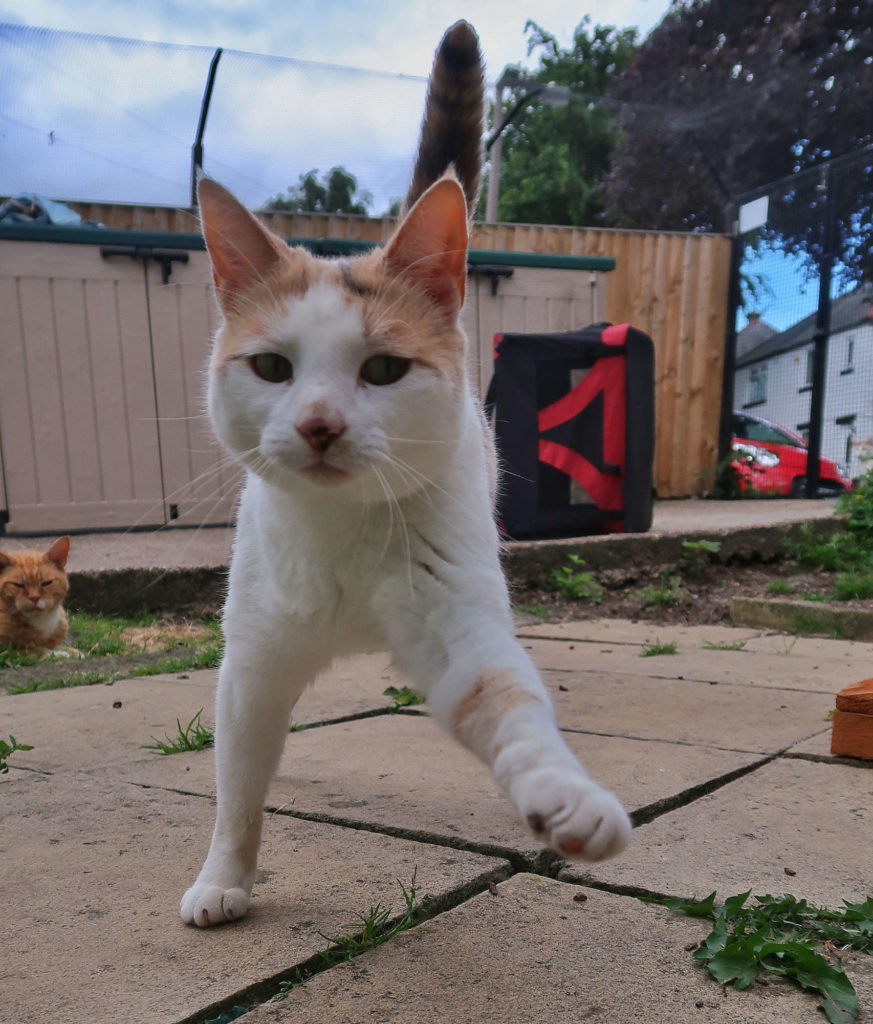
Cerebellar Hypoplasia Bradford Cat Watch Rescue & Sanctuary
What is Feline Cerebellar Hypoplasia (CH)? What causes cerebellar hypoplasia? CH is commonly caused by a mother cat passing the feline panleukopenia virus to one or more of her unborn kittens in a litter. The virus can attack the cerebellum of the brain, hindering the unborn kitten's brain development and causing cerebellar hypoplasia.
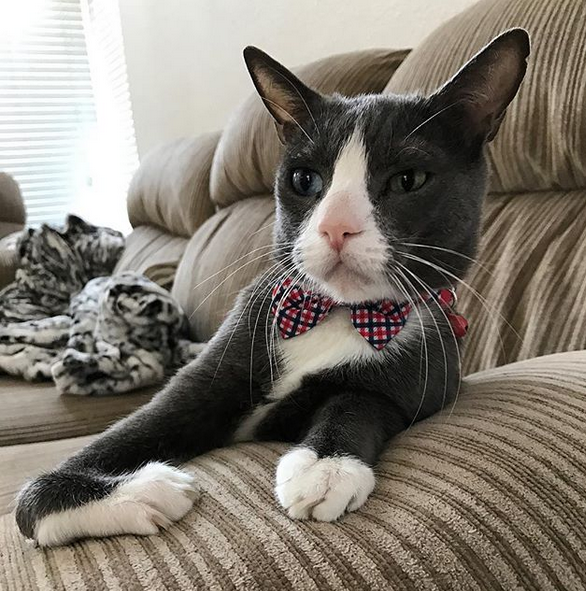
Meet The One Of A Kind Cat Who Has Cerebellar Hypoplasia, Radial
Some common symptoms include: Unsteady or wobbly gait: Cats with cerebellar hypoplasia often have difficulty maintaining their balance, which can result in an unsteady or wobbly gait. Tremors or shaking: The underdeveloped cerebellum can cause involuntary tremors or shaking in affected cats.

Meet Our Wobbly Cats! What is Cerebellar Hypoplasia and How Does it
Feline cerebellar hypoplasia, also known as CH or wobbly kitten syndrome, is a neurologic condition that affects kittens and cats. It's most often caused when a pregnant cat is exposed to feline parvovirus, the virus that causes Feline Panleukopenia, whether from a natural infection or from a vaccination.

Meet The Adorable Cat With Hydrocephalus And Cerebellar Hypoplasia Who
What is the treatment? Since the condition is caused by a lack of development of the brain, there is no treatment. How can this condition be prevented? This disease can be prevented by vaccination of female cats against panleukopenia prior to pregnancy. What is the prognosis?
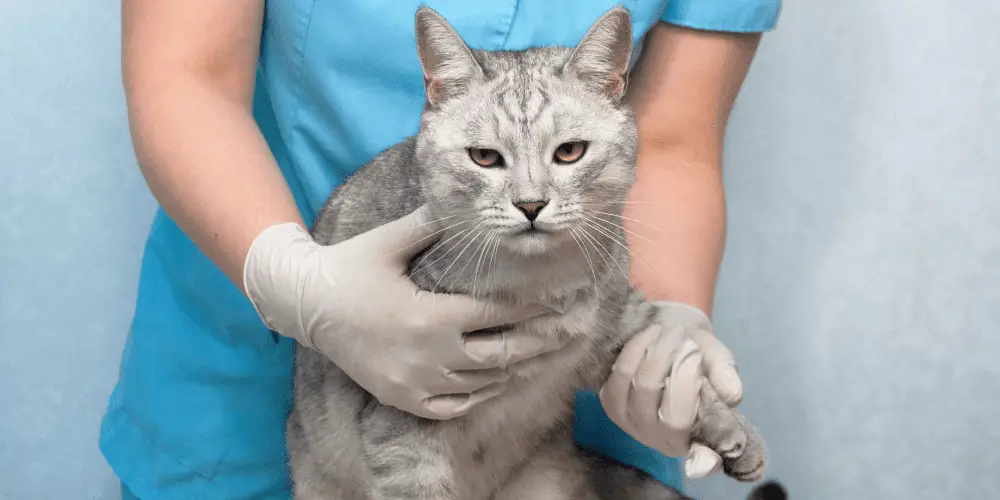
What is Feline Cerebellar Hypoplasia? Cat Breeds FAQ
Cerebellar hypoplasia is not contagious. It most commonly occurs in-utero when a mother cat contracts distemper ( panleukopenia virus) while pregnant with kittens. CH can also occur if a trauma, including malnutrition, takes place while kittens are still in the womb ( chcat.org ). CH is not progressive; it does not worsen with age.
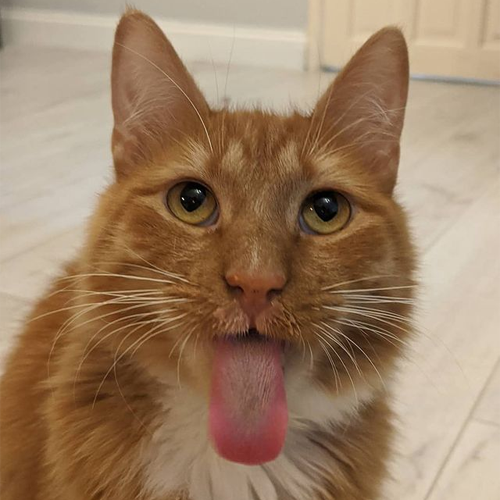
Meet The Handsome Cat With Cerebellar Hypoplasia Who Found A Wonderful
Feline Cerebellar Hypoplasia Cerebellar Hypoplasia (CH) is a non-progressive, non-contagious, neurological disorder found in cats, which can cause tremors, jerky movements, and uncoordinated movements. CH is considered to be the human equivalent of ataxic cerebral palsy. Typically a cat with CH may have trouble walking, and/or frequently fall down.

Meet The Handsome Cat With Cerebellar Hypoplasia Who Found A Wonderful
Cerebellar hypoplasia is a neurological disorder that kittens can be born with. It is also known as "wobbly cat syndrome" or even "spastic cat syndrome" depending on the severity of the symptoms. But what exactly is cerebellar hypoplasia? How do kittens get it and how can it be prevented?
/portrait-of-a-kitten-858954906-5b37ef9846e0fb00540338be.jpg)
Feline Cerebellar Hypoplasia
What is Cerebellar Hypoplasia? Cerebellar Hypoplasia is a condition that affects all mammals to varying degrees. It's congenital (present at birth) and incurable in cats. The name.

Kitten Rescue Cerebellar Hypoplasia YouTube
Cerebellar hypoplasia is a condition where a kitten's brain does not finish growing and remains in an immature state due to a viral infection in the mother cat. The infection causes a pause in the unborn kitten's brain development, specifically to the area called the cerebellum, which is responsible for coordinated movement and balance.

Meet The Adorable Cat With Cerebellar Hypoplasia And A Cleft Nose Who
Cerebellar hypoplasia in cats symptoms: The wobble. Cats with CH are sometimes affectionately called "wobbly cats.". The condition can range in severity from a minor wobble in a cat's walk to extreme difficulty moving around. Bill and Bess aren't at either of those extremes. As one Cat World caregiver puts it, the pretty brown tabby and.